Ever found yourself triple-checking your bag the night before a trip, wondering, “Did I forget something… important?” Maybe it’s your passport. Maybe it’s travel insurance coverage. Or maybe it’s peace of mind.
That’s why having a solid travel safety checklist before every trip isn’t just smart — it’s essential. Whether you’re into solo travel, venturing on a road trip, or heading out for your first international vacation, staying safe starts with good preparation. From emergency preparedness to international travel safety, a little planning goes a long way.
Let’s walk through the checklist that turns pre-trip anxiety into pure travel confidence.
Table of Contents
1. Travel Documents Checklist: Your First Line of Defense
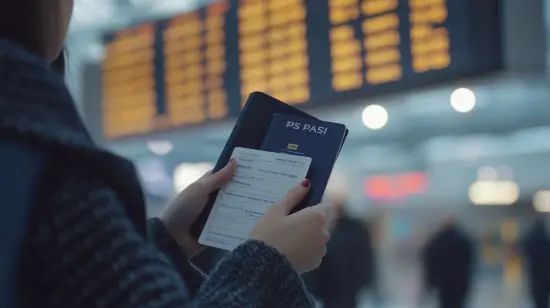
Imagine standing at the check-in counter, only to realize your visa had expired. Not fun.
Before every journey, triple-check:
- ✅ Valid passport (minimum 6 months validity)
- ✅ Visa (if needed — double-check visa-on-arrival policies too)
- ✅ Government-issued ID (especially for domestic travel)
- ✅ Copies (printed and digital) of all essential travel documents
- ✅ Boarding passes or e-tickets (stored offline, too)
- ✅ Hotel reservations, itinerary, and travel insurance coverage papers
Pro Tip: Email scanned copies of your travel identification and documents to yourself and a trusted family member. It’s a simple digital travel safety step that can save your trip if anything goes wrong.
Also Read: Best Places to Visit in New Zealand: A Journey Through the Land of Natural Wonders
2. Health Safety While Traveling: Better to Pack It Than Regret It
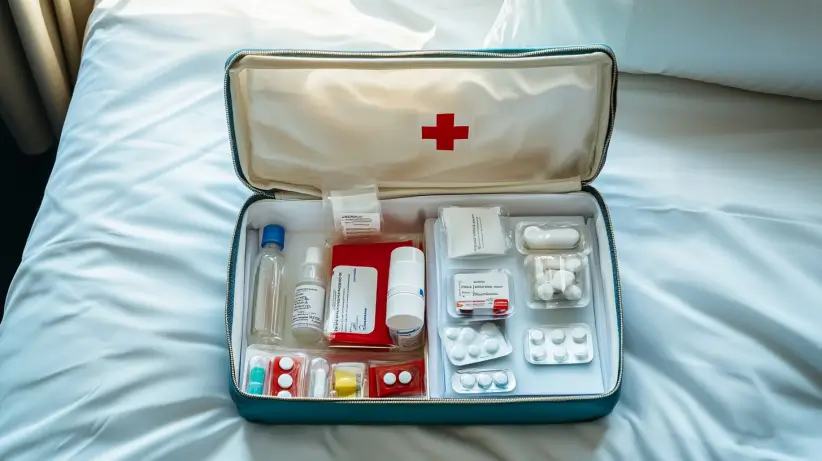
Health precautions when traveling might not be the first thing on your mind — until it becomes the only thing you’re thinking about.
Add this to your travel safety checklist before every trip:
- Medications (include prescriptions, OTC pain relievers, allergy meds)
- COVID-19 documents or vaccination certificates
- Travel-sized first aid kit (Band-Aids, antiseptic, motion sickness pills)
- Thermometer and face masks (for air travel safety or crowded areas)
- Water purification tablets or a reusable filtered water bottle
Stay ahead of surprises. Practicing good travel health safety can make all the difference when you’re miles away from your doctor.
3. Travel Money Safety: Avoid ATM Drama Abroad
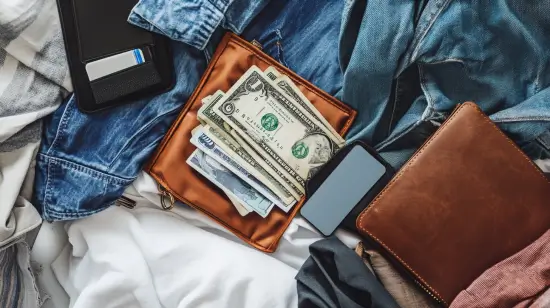
Running out of money or dealing with blocked cards can ruin an otherwise perfect itinerary.
Here’s how to protect your financial safety while traveling:
- Inform your bank about your travel plans
- Carry a mix: debit card, credit card, and a bit of foreign currency
- Use a money belt or hidden pouch to avoid pickpocketing in tourist areas
- Download your bank’s mobile app for secure travel transactions
Avoid putting all your cards in one wallet. Think of it as financial risk management — if one card disappears, you’re still covered.
Also Read: Top 10 Best Places to Visit in Australia (Full Travel Guide for Visitors)
4. Tech Gear for Travel Safety: Smart Tools, Smarter Moves
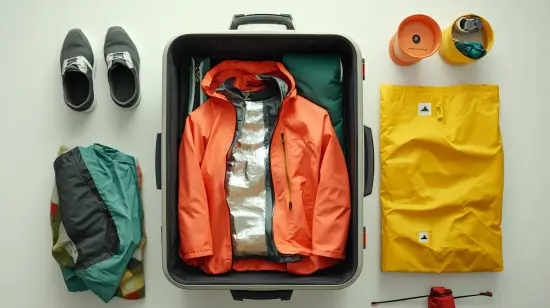
Whether you’re navigating a new city or camping off-grid, your tech can double as a lifeline.
Here’s your digital travel safety checklist:
- Universal adapter and voltage converter
- Power bank (with at least 10,000 mAh)
- Offline maps, emergency contacts, and your emergency response plan are saved locally
- Local SIM card or data-enabled eSIM
- Pre-installed travel safety apps (Google Translate, Smart Traveler, or SOS apps)
Secure your tech and your data. Practicing good cybersecurity while traveling is just as important as remembering your phone charger.
5. Travel Packing Safety Tips: What You Wear Can Protect You
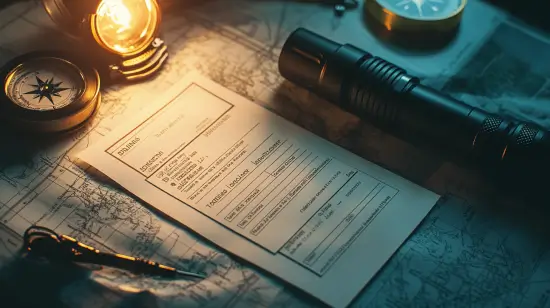
Forget overpacking. Focus on packing smart for travel safety.
Consider this:
- Layered outfits — the weather can change fast
- Modest clothing for cultural awareness and respect
- Comfortable, sturdy walking shoes for hiking safety
- Weather-resistant jacket or compact poncho
- Reflective clothing if you’re biking or walking at night
Clothing is your first shield against unpredictable weather and unfamiliar settings. Dressing right is part of your travel safety strategy.
Emergency Preparedness Tips: Plan B Can Be a Lifesaver
Things go sideways. That’s just travel.
This part of your travel risk management plan could be a lifesaver:
- Local emergency numbers (on your phone and printed)
- Locations of the nearest hospitals or emergency clinics
- Embassies or consulates — especially critical for international travel safety
- Written list of allergies, medical conditions, and medications
- Flashlight or headlamp (for remote travel safety)
Whether you’re going off-grid or to a foreign city, an emergency travel plan should never be optional.
Also Read: Ultimate 2025 USA Travel Guide: Top 10 Best Places to Visit in the USA
6. Know Before You Go: Local Safety & Cultural Awareness

Before you fly, take some time to learn about the culture and stay alert to potential risks.
This helps boost situational awareness while traveling:
- Check travel advisories for up-to-date safety info
- Learn local customs and phrases — it shows respect and can help in emergencies
- Research transportation options and avoid unlicensed taxis
- Avoid using public Wi-Fi for banking — use a VPN
- Know how to recognize and avoid travel scams
Good manners and good safety habits often go hand in hand. Travel safety education is one of the best things you can pack.
7. Travel Safety Checklist Before Every Trip [Printable Summary]
Here’s a quick cheat sheet to print, screenshot, or pin on your wall:
✅ Valid passport & visa
✅ Emergency contacts & travel insurance
✅ Personal medications & first-aid kit
✅ Offline maps, SOS apps & power bank
✅ Financial backup plan & notified bank
✅ Local emergency numbers & embassy info
✅ Cultural research & travel advisory review
✅ VPN & secure online browsing plan
Final Words: Smart Travel Starts With a Safety Plan
Travel is freedom, but it’s also responsibility. A proper travel safety checklist before every trip is more than just a to-do — it’s your ticket to smoother, smarter adventures.
So, next time you’re prepping for a journey, don’t just zip up your suitcase. Check your plan, know your risks, and travel safely.
Because of the best trips? They’re the ones you come home from with great memories, not regrets.
FAQs About Travel Safety Checklist Before Every Trip
What should I include in a travel safety checklist?
Essential items include: a valid passport, visa, travel insurance coverage, medications, emergency contacts, printed travel documents, and smart tech tools like offline maps and a universal adapter.
Do I need travel insurance for short trips?
Yes. Whether it’s a weekender or a month-long escape, trip protection coverage is essential. It can help with medical emergencies, cancellations, lost luggage, and more.
What health precautions should I take before traveling?
Get vaccinated, carry a travel medical kit, and research healthcare access at your destination. Prepare for both common colds and unexpected emergencies.
How do I stay financially safe while traveling?
Use multiple forms of payment, notify your bank, carry limited foreign currency, and store a backup card separately. Consider using a travel money belt or RFID-blocking wallet.
Why is having an emergency plan important?
Things can go wrong — missed flights, injuries, theft. A good emergency preparedness strategy includes knowing your embassy’s location, having local emergency numbers, and storing digital backups of your documents.
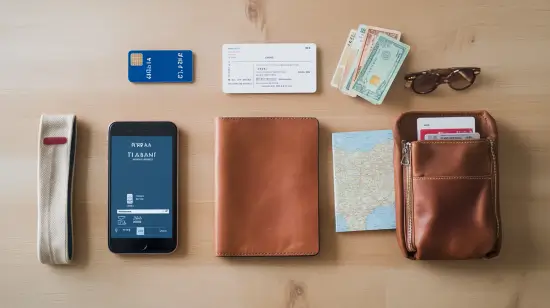
Leave a Reply
You must be logged in to post a comment.